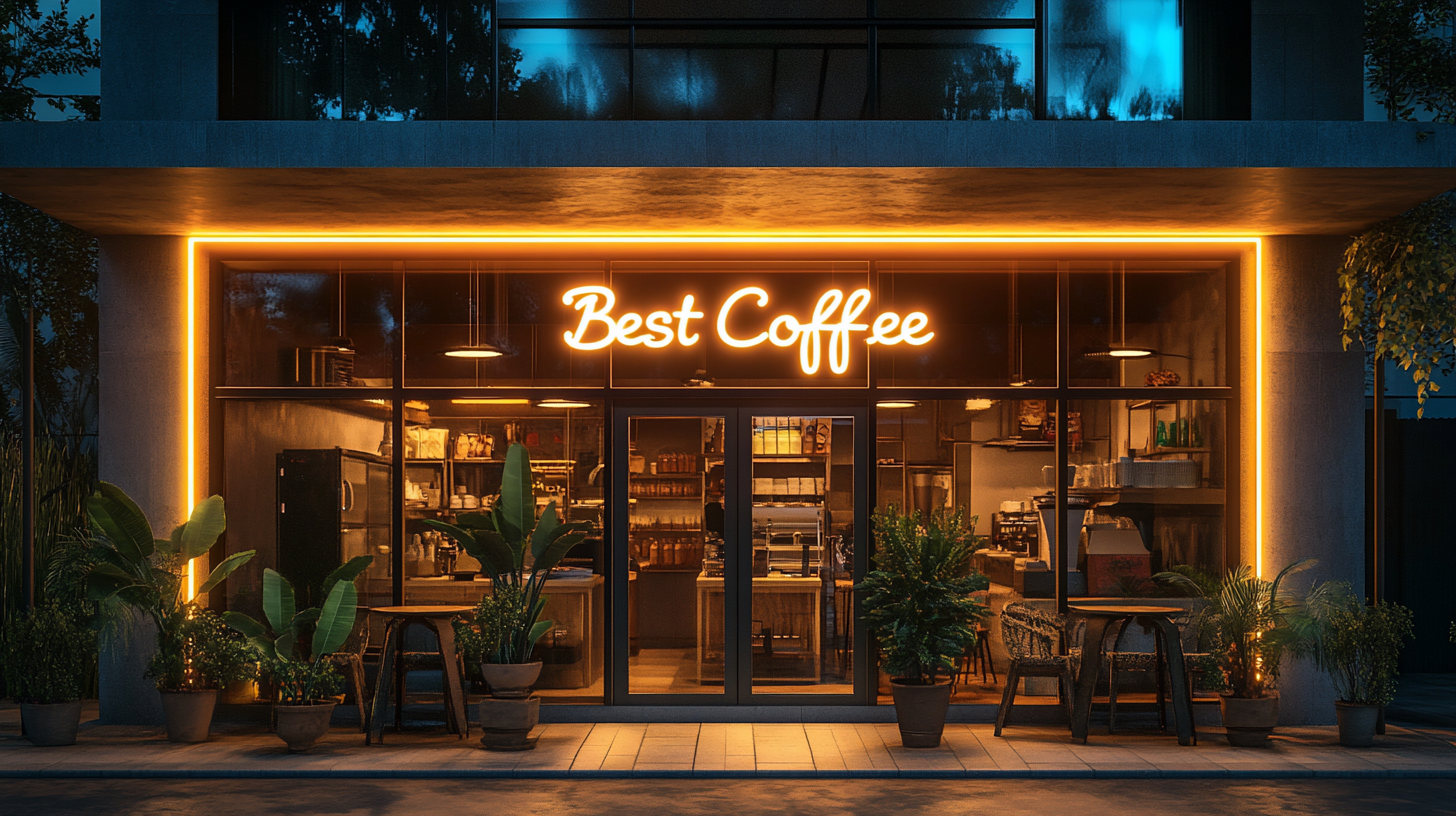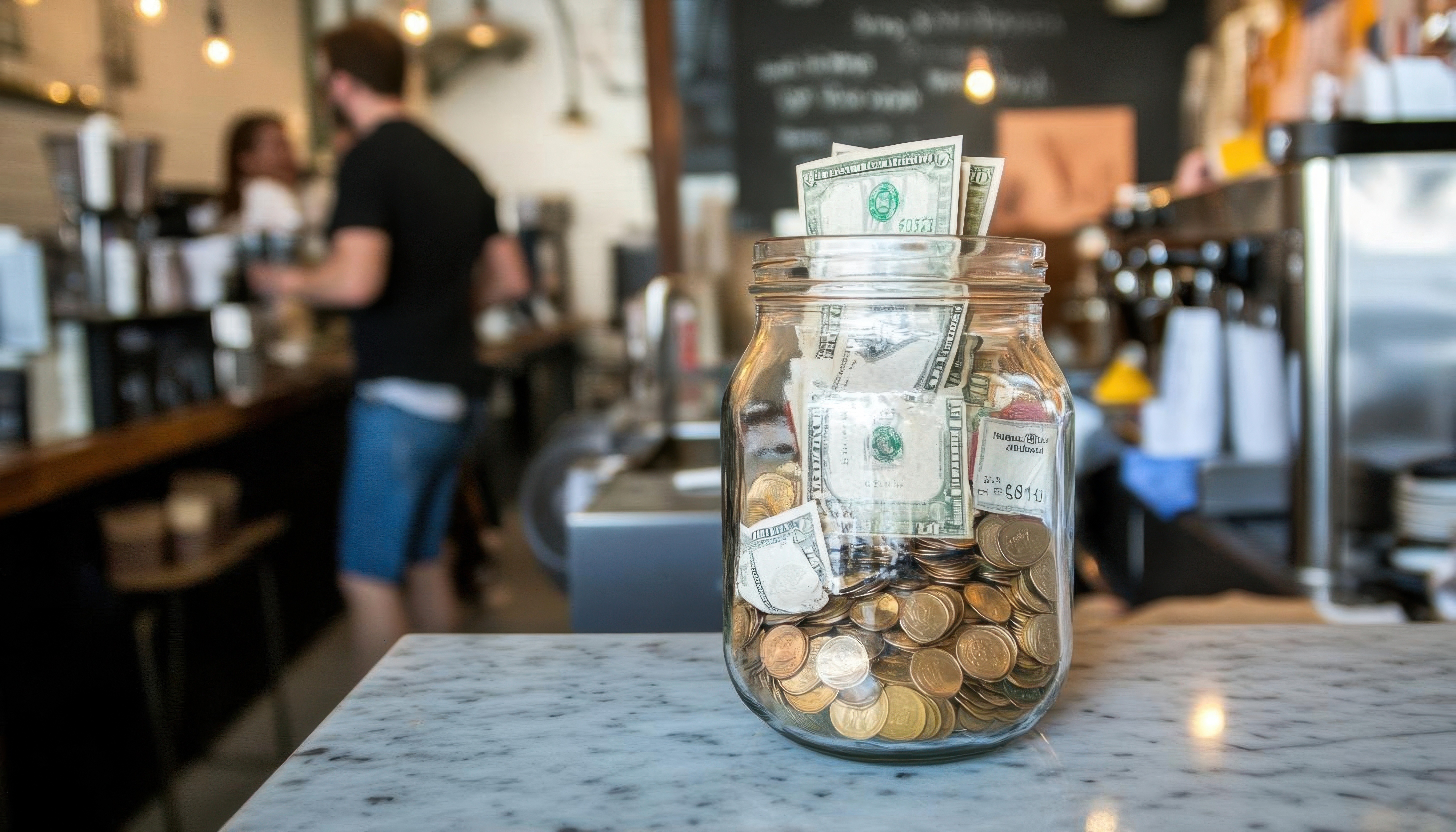5 Strategies To Control Food Costs
The Roman playwright Plautus is credited as the original speaker of an entrepreneurial favourite: “You must spend money to make money.” His words are held as an inescapable truth in quick-service, fast casual, and casual dining restaurants where a profitable business likely has a food cost percentage between 28% and 35%.
However, rising food costs are shaking this equation. Operators must now rethink the way they operate or risk losing out on the more appealing half of Plautus’s proposal.
So, how do you make money when even the smartest of spenders are stumbling?
A Look At The World Today
According to a report by USDA, wholesale food prices have increased 16.3% during the last year while menu prices have increased 7.6%. Food cost control is more important than ever and every cent counts toward your bottom line. With wildly shifting prices, controlling food costs is a task rooted in understanding the ins and outs of your business.
You can begin with these 5 strategies:
1. Calculate Your Costs and Set Goals
Knowing with confidence the exact relationship between your ingredients, your products, and your profits is essential to running a successful business. Your Cost of Goods Sold (CoGS) is most easily calculated using the following formula:
Beginning Inventory + Purchased Inventory - Ending Inventory = CoGS
You can then use your CoGS to calculate your food cost percentage. To do so, you would use this formula:
CoGS / Total Food Sales = Food Cost Percentage
Depending on your menu mix and dish composition, you’re likely targeting a food cost of 28-35%. Once you know yours, you can set goals to get closer to this range.
At Craftable, this is a step that opens the door to many other options. Johnny Nord discussed the demand for solutions operators express, and the advice he gives:
“With the current climate of the industry and supply chain we have some of the most savvy operators coming to us frustrated that they don't know their costs. We find the most important place to start is finding a baseline to measure success moving forward.”
– Johnny Nord, Director of Sales at Craftable
Setting goals allows you to track progress and make meaningful changes. Think of it as the first tool in your back pocket.
2. Track Food Costs
Unfortunately, calculating your food cost percentage is not a one-and-done deal. As food costs and menu prices are adjusted, your performance and goals will shift. Tracking this information allows you to make additional adjustments to your menu and know exactly which menu items to focus on. You can then improve sales velocity or controllership.
If calculating your costs is a knife, tracking the numbers is a sharpening block capable of letting your business cut through stone.
3. Manage Your Inventory
Though operators fight for the best prices, they often see those savings sink into food waste. Losses total nearly $162 billion in food waste annually with US restaurants racking up 22-33 billion pounds of waste each year. That’s money spent going straight down the drain.
Still, taking inventory is a step many operators skip or do infrequently. This leads to incorrect numbers when calculating your CoGS, potential discrepancies from counts missed, and heaps of waste.
It might also cause you to purchase too much or too little and lose the benefits of a properly-constructed menu. Managing inventory well means utilizing the goods you’ve already bought better and helps you identify which items are selling and which are collecting dust. “Waste not, want not” meets menu and customer insights in this tactic and produces better profits for you.
4. Engineer Your Menu
If you have an ah-ha moment about your menu, but no changes are made, did you make a sound? That may be a question for the philosophers, but one thing is for sure; you’d be missing out on a money-saving opportunity. Menu engineering handles food costs by working smarter, not harder.
When calculating the success of your menu, you have to consider both the volume and velocity of sales. Johnny expanded on the way these insights lead to increased sales:
"A lot of clients come to us knowing their best sellers, but unaware of how profitable those are and unsure of how to use that to their advantage. Pair your most popular and profitable drinks, appetizers, entrees, and desserts to increase your average check size and guest count. Enable your staff to make suggestions through friendly competitions. It’s simple!"
– Johnny Nord, Director of Sales at Craftable
Using those metrics, you can categorize your items into stars, puzzles, dogs, and workhorses, making adjustments as necessary. If that sounds more like nonsense than business strategy, you can read more here, and make your menu work for you.
5. Enable Automation
In a competitive and costly labour environment, many operators don’t have the additional time to implement these strategies regardless of how much money they may save. This is why automation has begun to revolutionize the hospitality industry. According to Johnny, automation gifts your time spent doing what technology can’t do–operating your business instead of crafting spreadsheets:
"Craftable is not reinventing the wheel. Our goal is to get operators out of the office and on to the floor. We are another tool in your belt as an operator and what you put into it is what you get out. A hammer is a paper weight if you never pick it up."
– Johnny Nord, Director of Sales at Craftable
From POS systems to analytics and integrations, automating your operation is the surest way to control food costs. Platforms like Craftable lower food costs by 2-3% while connecting what you buy with what you sell, maximizing efficiency, and protecting your margins.
Stay Ahead of Shifting Prices
It’s easier than ever to “spend money” while making money has become more and more complicated. Businesses have outgrown the days of pen and paper and manual spreadsheets – but by following these best practices, your business can navigate the challenges of today’s world as if they were pancakes and eggs. Your business eats obstacles like these for breakfast! Controlling food costs is not just about spending money. It’s about spending money better and building a more profitable business.




